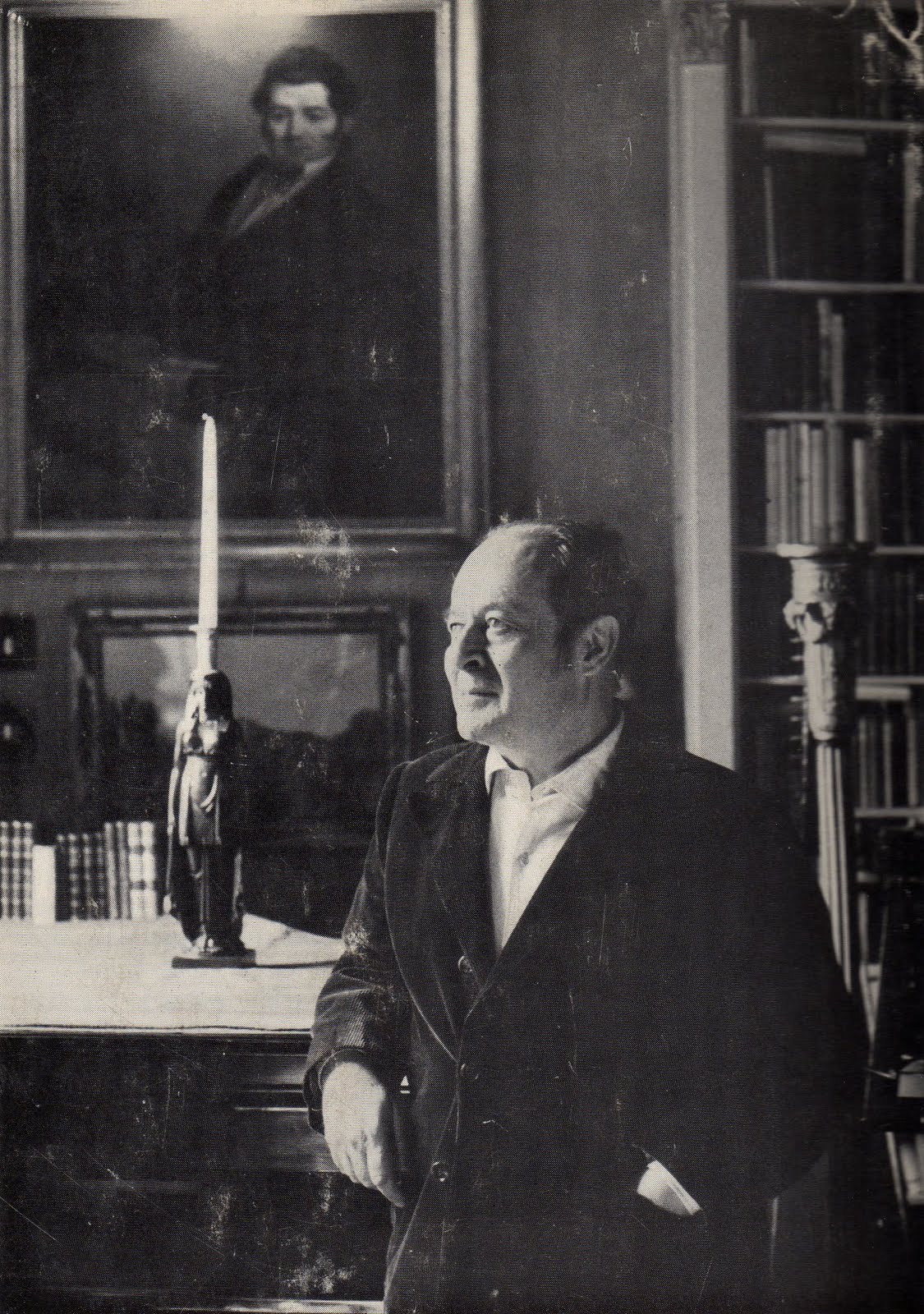Mario Praz was among the great scholars of the 20th century. His studies of iconography and seventeenth-century art remain unsurpassed and indispensable. His most famous work, The Romantic Agony, examines the themes of sexuality and morbidity that permeated so much late-eighteenth and nineteenth-century literature. But The House of Life comes as close to his autobiography as anything we are likely to encounter, and it is a quirky and magical book. In simplest terms, it is a house tour, but Praz’s Roman apartment was no ordinary house it was a wunderkammer, a house of wonders, rooms replete with objets d’art and sculpture, walls hung with paintings and prints, bureaus overflowing with postcards and ephemera. And Praz is no ordinary guide; he leads you, the reader, through each room lecturing on the objects therein. What emerges are his passions, his immense erudition, his insatiable curiosity, his undeniable amiability, his infectious enthusiasm. What might have been a predictable didactic exercise is transformed and expanded into a multi-layered disquisition on the nature of art, on the challenge of investigation and discovery, on the idiosyncrasies of personalities, on the serendipitous way in which art and the objects we choose to surround us tell stories that go far beyond their purely physical attributes.
Mario Praz
